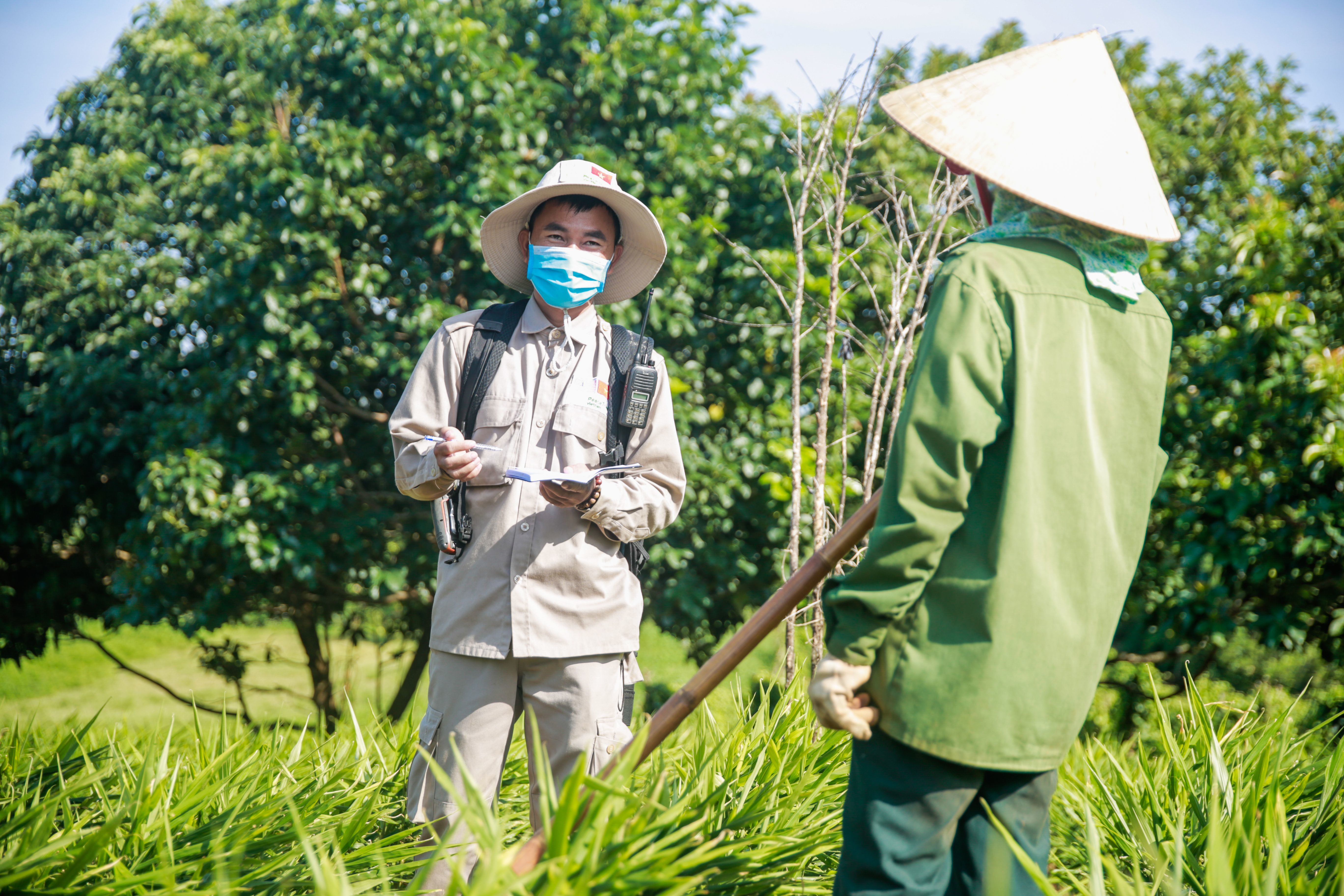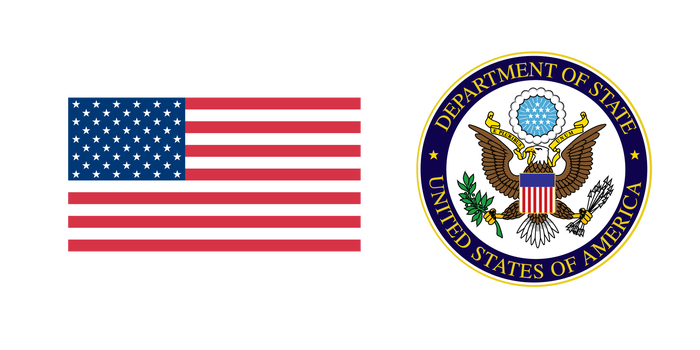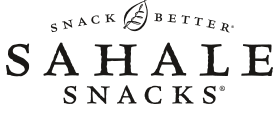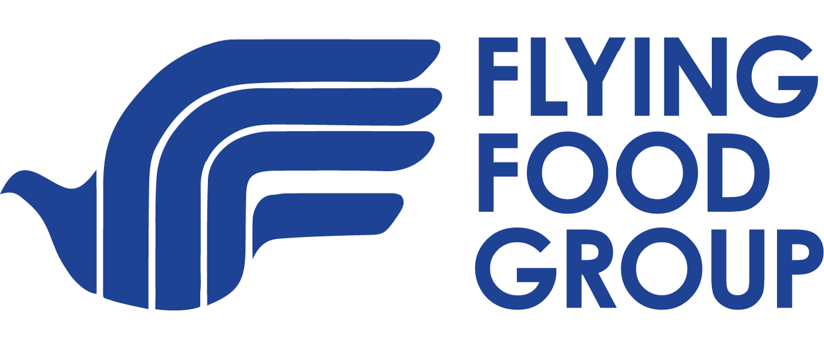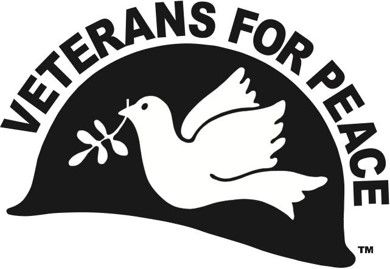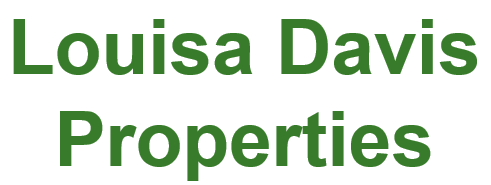Mine action as the foundation to humanitarian, development, and peace-building programs
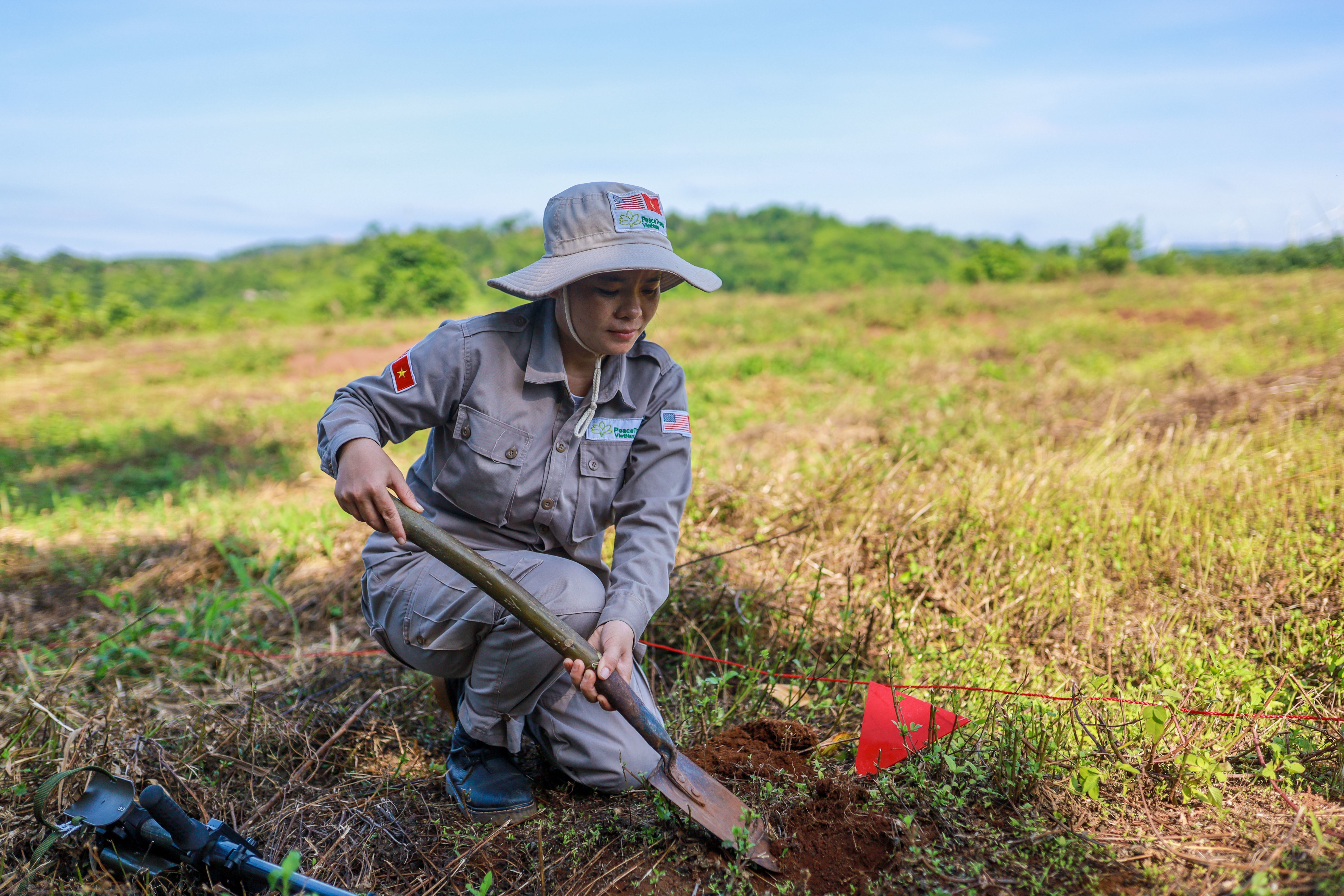
PeaceTrees Explosive Ordnance Disposal (EOD) Technician, Phan Thị Ngọc, working to clear land of explosive ordnance in Quang Tri Province, Vietnam
Linking mine action to the SDGs
The objective of mine action is to identify and reduce the impact and risk of explosive hazards to a level where people are safe. Land clearance, EORE, victim assistance (referred to here as survivor assistance), advocacy, and stockpile destruction comprise the core activities of the mine action sector.
Mine action is about creating new opportunities for access and development. It is not only a needed precursor for sustainable development, but it is also intimately linked to the United Nation's 17 Sustainable Development Goals (SDGs) (you can learn more about the SDGs here). Fragile, conflict, and war-affected states are the furthest away from achieving the SDGs. Ensuring that no one is left behind requires acknowledging the interconnected nature of humanitarian action, development, and peace-building. In war-impacted states, addressing ERW through mine action is at the heart of this nexus, and often foundational to humanitarian, development, and peace-building programs that follow a war’s end. Mine action helps to enable the SDGs and supports the important work of communities, development, and peace-building NGOs as they work to rebuild and recover after a war's end.
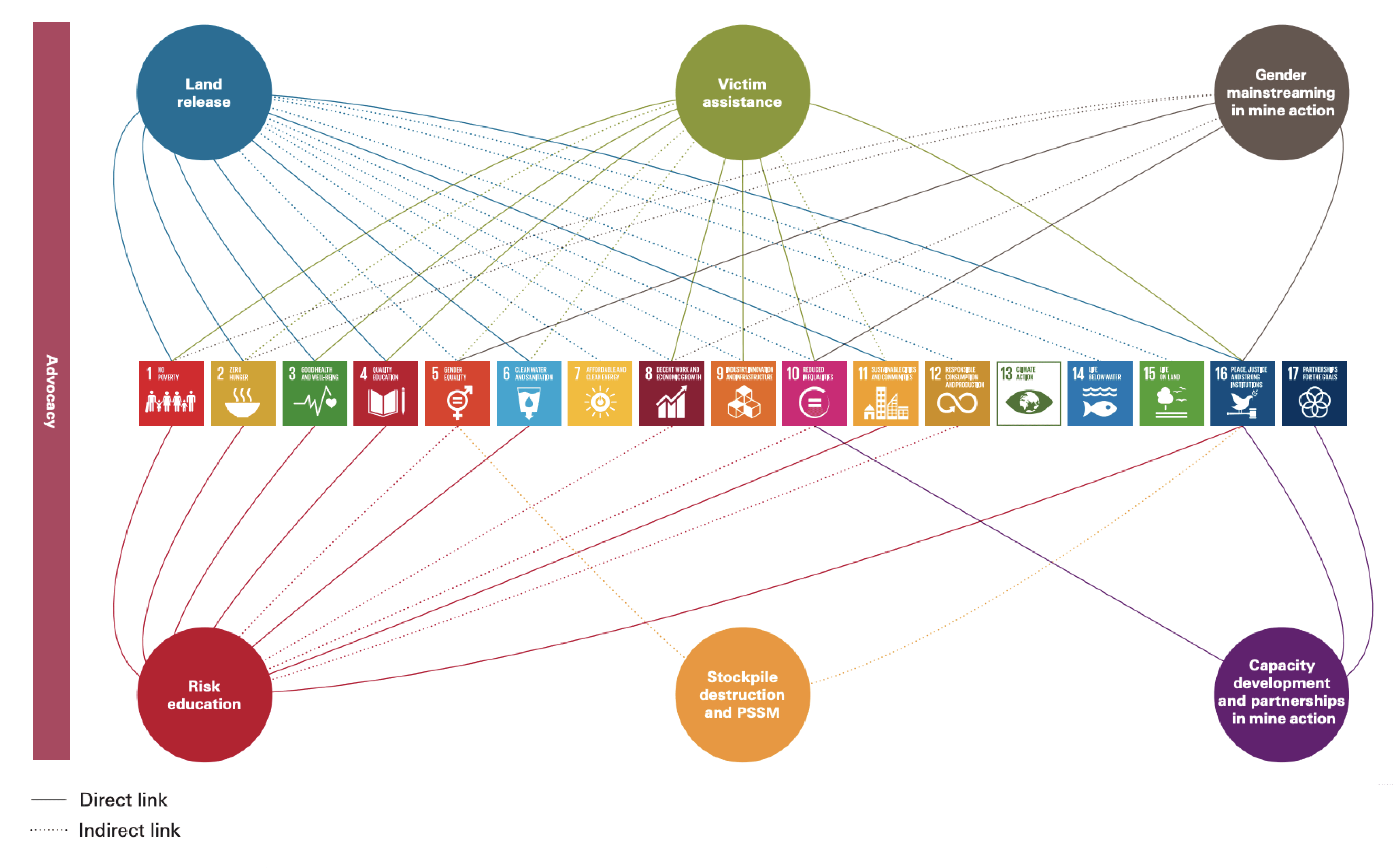
Direct (mine action results considered to have immediate effect on SDG) and indirect (mine action outcomes that contribute to the SDG targets in the medium and long term) mine action linkages to the SDGs (Source: GICHD-UN)
As illustrated in the infographic above, mine action contributes directly and indirectly to nearly all the SDGs. While some of these connections are obvious, such as a direct link to SDG 16 (Peace, Justice, and Strong Institutions), other linkages are worth describing given their role in supporting wider humanitarian, peace-building, and development work.
PeaceTrees’ work in land clearance and release permits safe agricultural development, supporting communities in their goals for food security and economic self-sufficiency (SDG 2 – Zero Hunger). Additionally, it enables economic growth, productivity, and sustainable tourism practices (SDG 8- Decent Work and Economic Growth).
Land clearance and release also helps to enable the immediate and long-term safety of communities that are experiencing the joint impacts of war legacy and climate change (SDG 13 – Climate Change). Access to safe land is needed to adapt to climate change and prepare for extreme weather-related disasters. Sustainable mine action practices release land that can then be used for disaster risk reduction initiatives and programs aimed at climate change adaptation (SDG 17 – Partnership for the Goals). This work also helps to ensure equal distribution of resource use and sustainable patterns of consumption, as a responsible use and consumption is only possible if resources can be accessed safely (SDG 12 – Responsible Consumption and Production).
Explosive ordnance risk education, which aims to reduce the risk of injury and death from explosive ordnance, is a necessary component for achieving SDG 3 (Good Health and Wellbeing). In 2019, there were at least 1,643 child casualties of ERW worldwide, accounting for 43% of civilian casualties for whom the age group was known (3,850)[1]. EORE plays a crucial role in ending preventable deaths of newborns and children under the age of five, which is target 2 of SDG 3.
Additionally, as an essential component of mine action work, survivor assistance helps provide healthcare, educational opportunities, and economic support for people with disabilities (PWD). This component of mine action works to create inclusion and opportunities for PWD and their families by creating programs that help people obtain and maintain decent work and economic stability (SDG 10 – Reduced Inequalities; SDG 8- Decent Work and Economic Growth). Further, survivor assistance helps amplify the voices of youth, women, and PWD in decision making, ultimately promoting peaceful and inclusive societies for sustainable development and accountable and inclusive institutions (SDG 16 – Peace, Justice, and Strong Institutions).

